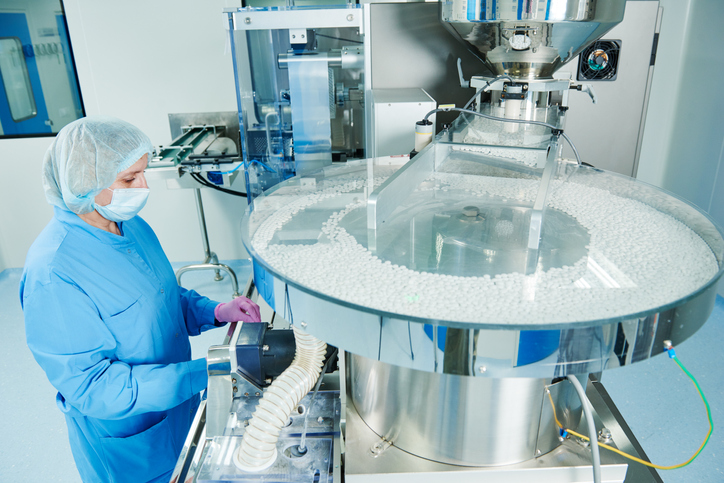
Good Manufacturing Practices (GMPs) are essential to pharmaceutical quality assurance. These practices are systematic procedures developed to prove consistency, safety, and efficacy. GMPs are the part of quality assurance that ensures pharmaceutical products are produced and controlled consistently, in a way that meets quality standards.
Failure investigations are an important part of GMPs. These investigative procedures are activated whenever an aspect of production deviates from the quality assurance practices in place. Read on to find out three facts about failure investigations.
Failure Investigations Identify the Root Causes of Deviation
These investigations attempt to get to the root cause of an uncontrolled event of non-compliance with official procedures. This deviation can occur during manufacturing, packaging, testing, holding, or storage, and can be caused by many different factors.

Investigations are used to identify why deviations occurred
These procedures exist to find out the root causes of unexpected events quickly and effectively, and to resolve them in a GMP-consistent manner. Investigations are vital to improving the performance, safety, and efficacy of pharmaceutical products. These procedures are activated as soon as a deviation, failure, or incident is discovered.
Investigations are conducted after an initial assessment to judge what category the incident fits into. The event can be critical, major, or minor. Events are also categorized by professionals with GMP training as either impacting or non-impacting in terms of the quality, purity, or strength of the product.
Professionals with GMP Training Carry Out Investigations with Multiple Steps
After an initial assessment and categorization of the event, the Standard Operating Procedure (SOP) for an investigation should be followed through. It is important to have a well-documented, standardized method for performing an investigation. This ensures that the complex procedure is performed effectively in adherence with GMPs.

Investigations need to be carried out according to SOPs
The SOP for an investigation typically adheres to this formula:
- Root Cause Analysis, whereby the deviation is traced back to its source
- Risk and Impact Assessment, whereby the wider influence of the deviation is analyzed
- Corrective Action and Preventive Action (CAPA), whereby steps are taken to stop the deviation from occurring again
- Effectiveness Checks, whereby the actions taken are repeatedly assessed for their success
Effectiveness checks are important to ensure that the deviation has been sufficiently solved. Procedures of internal monitoring that generate evaluative metrics should be quickly developed and put into place by graduates of pharma courses after the investigation has been completed.
Documentation Is Central to Good Investigations
The strength of investigations is derived from rigorous description and classification. The central piece of any effective investigation is the collection of data. All this necessitates thorough, clear, and communicative documentation. During an investigation, everything must be extensively documented, including:
- Reasoning and justification
- Evaluation criteria
- SOP and other protocol

Every step of an investigation needs to be extensively documented
This is not only to maintain a clear line of communication with others in the organization, but also for the purpose of showing adherence to GMP regulations. Extensive documentation of the initial deviation information and entries are most critical, so the team can properly understand how to accommodate the incident and ensure that it isn’t repeated.
Do you want to enroll in pharmaceutical training?
Contact AAPS today!



